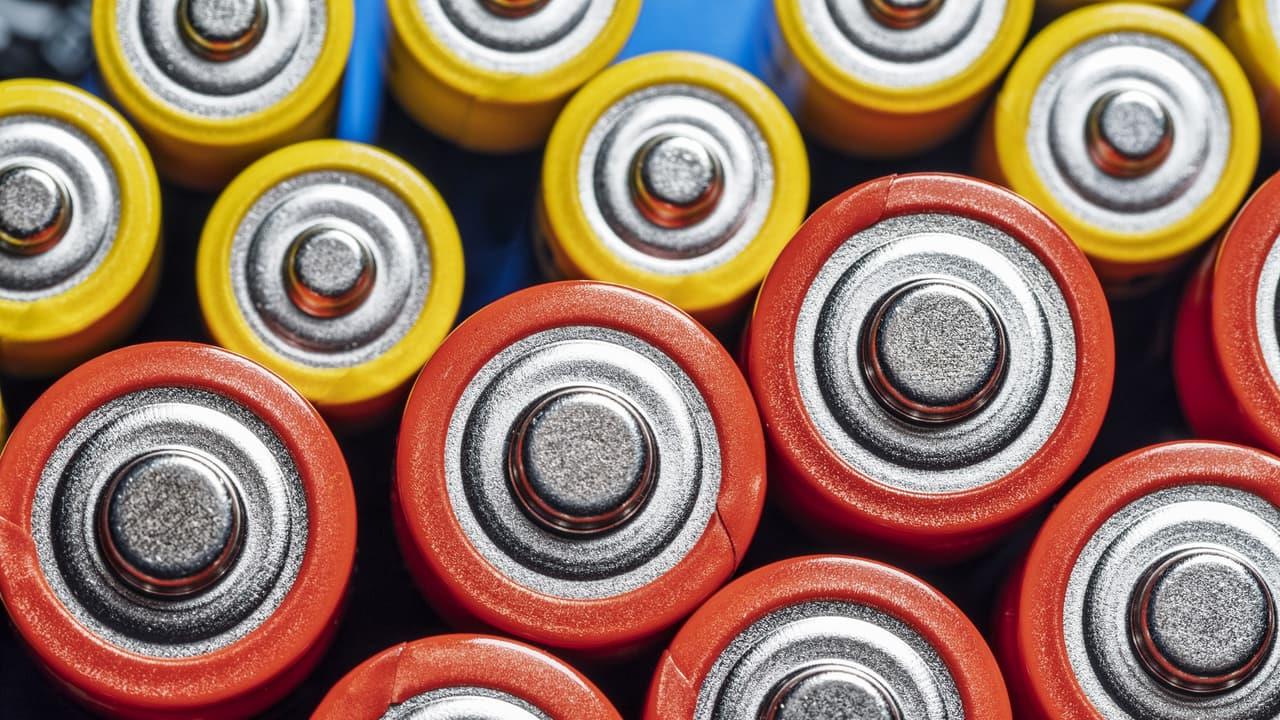
Japanese Scientists Designs Quantum Battery Immune To Energy Loss
In a remarkable leap toward the future of clean and efficient power storage, Japanese scientists have proposed a quantum battery that can transfer energy over long distances without losing any of it - a feat that could revolutionize how we power quantum technologies and nanoscale devices.
The study, conducted by researchers from the RIKEN Center for Quantum Computing in collaboration with Huazhong University of Science and Technology, introduces a theoretical model for a topological quantum battery. This battery design takes advantage of topological physics-a branch of science that explores properties that remain stable even when materials are twisted or deformed-and the quantum behavior of atoms to create a system resistant to energy loss.
The research, published in Physical Review Letters, opens new possibilities for nanoscale energy storage, optical quantum communication, and distributed quantum computing.
Quantum Batteries: The Next-Generation Energy Solution
As the world moves toward greener technologies, scientists are exploring new ways to make energy storage faster, smaller, and more efficient. Quantum batteries-devices that use quantum mechanical principles like superposition and entanglement instead of chemical reactions-represent one of the most exciting frontiers in this pursuit.
In theory, these batteries could charge almost instantly, store large amounts of energy, and release it with exceptional efficiency. Yet, despite their promise, real-world progress has been slow. The main obstacle? Energy loss. Quantum systems are extremely sensitive to their environment, and even minor disturbances cause them to lose their unique quantum properties-a problem known as decoherence.
Solving Energy Loss Through Topology
To overcome these limitations, the RIKEN-led team turned to topological design principles. They created a model using photonic waveguides-microscopic structures that channel light-and showed that when designed with topological features, these waveguides can transfer energy perfectly, even in the presence of imperfections or environmental noise.
In simpler terms, the battery's structure protects its energy flow from disruption, allowing power to move freely and efficiently through the system.
What's even more astonishing is that the researchers found that energy dissipation, typically seen as a drawback, can sometimes boost the battery's charging power. Under certain conditions, a small amount of energy loss actually helps the system charge faster-a counterintuitive result that challenges long-held assumptions in quantum physics.
A Step Toward Practical Quantum Power
Their results revealed several exciting properties. The topological nature of the battery ensures nearly perfect energy transfer across long distances. When both the charger and the battery are located within the same region, the system becomes immune to dissipation-meaning it resists energy loss altogether.
The team also discovered that beyond a specific threshold, dissipation briefly enhances charging power, offering fresh insight into how quantum systems might be optimized rather than hindered by environmental effects.
“Our research provides a new perspective from a topological point of view and offers hints for developing high-performance micro-energy storage systems,” said Zhi-Guang Lu, the study's first author.“By addressing the long-standing challenges of energy loss and distance, we hope to move quantum batteries closer to real-world applications.”
Corresponding author Cheng Shang added that the team's ultimate goal is to bridge theory and practice in quantum energy systems.
“We aim to accelerate the transition from theoretical concepts to practical devices, bringing us closer to the quantum era we've envisioned for so long,” Shang said.
The Future of Quantum Energy
Although the work remains theoretical, it marks a key milestone in the journey toward real, usable quantum batteries. These systems could one day power next-generation quantum computers, photon-based communication networks, and miniaturized electronics-devices where efficiency, speed, and precision are paramount.
By showing that energy loss doesn't have to be a limitation, the RIKEN team's breakthrough opens a new chapter in the race toward sustainable and high-performance energy technologies.
Legal Disclaimer:
MENAFN provides the
information “as is” without warranty of any kind. We do not accept
any responsibility or liability for the accuracy, content, images,
videos, licenses, completeness, legality, or reliability of the information
contained in this article. If you have any complaints or copyright
issues related to this article, kindly contact the provider above.


















Comments
No comment